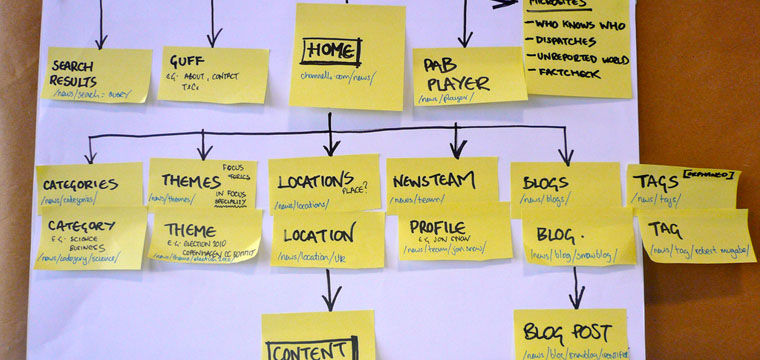4 Reasons Marketing Agencies Need Call Tracking :
Mediahawk’s marketing agencies guide to call tracking
says marketing attribution as the most important aspect that helps agencies to
retain more clients. Here are four reasons why call tracking is an absolute
must for marketing and digital agencies.
1. Enhanced Lead Attribution
Would you start an online marketing campaign without tracking as much of the user’s journey and interaction as you can? If you can’t prove your efforts are working, then your client has no reason to invest their money and time in you.
Collecting click and conversion data on your digital campaigns is probably second nature. But of all the possible interactions, a telephone call is the closest interaction to the point of sale. If you could attribute a telephone enquiry to your agency’s marketing activity, you would, wouldn’t you? Well, you can!
Call tracking is designed with agencies in mind, to make it easy for you to say‘look what we did’. Call tracking software that records interactions at the visitor level will draw together a complete overview of the user journey. Within your reports you’ll see which marketing source drove the call whether this was online or offline materials. And if the marketing was an online source, you’ll see which pages they viewed right up until they called you.
2. Reduce Wasteful Spending
Analyze your inbound calls to identify which your of marketing efforts are not generating a return. You can use that spend for more effective marketing.
The granularity of call data allows you to dig down easily to the landing pages that are driving the most calls, and the keywords that are driving customers to those pages. This is how call tracking enables you to focus spending on channels that are proving their ROI, so you don’t have to make any assumptions.
Cost-per-response is one of the key metrics to use. It tells you immediately whether you’re getting the return you need, or whether you should revisit or cut marketing that isn’t delivering.
3. Access Real-Time Campaign Data
Call tracking generates a vast quantity of data. But for your sake, or for the sake of your client, you need to be able to find the most useful information fast. Despite the mass of data that’s accessible, call tracking software is designed to make it easy to access useful information efficiently.
Your clients will likely want to have access to the software themselves, and a good call tracking company will facilitate this by letting clients log in to a dashboard with their own branding and custom reports.
Quantitative data gets you so far, but call tracking also lets you record calls and play them back for qualitative feedback. If the calls being received are not generating revenue, call playback allows you to listen in on the calls and determine where sales are being lost. This allows managers to address any hurdles in the sales message quickly.
4. Integrate With Analytics and CRM Platforms
Call tracking software can be fully integrated with your current digital analytics, monitoring and CRM software. The ability to analyze phone calls and web enquiries together gives you a more complete picture of your marketing, from the first interaction to converting the sale.



